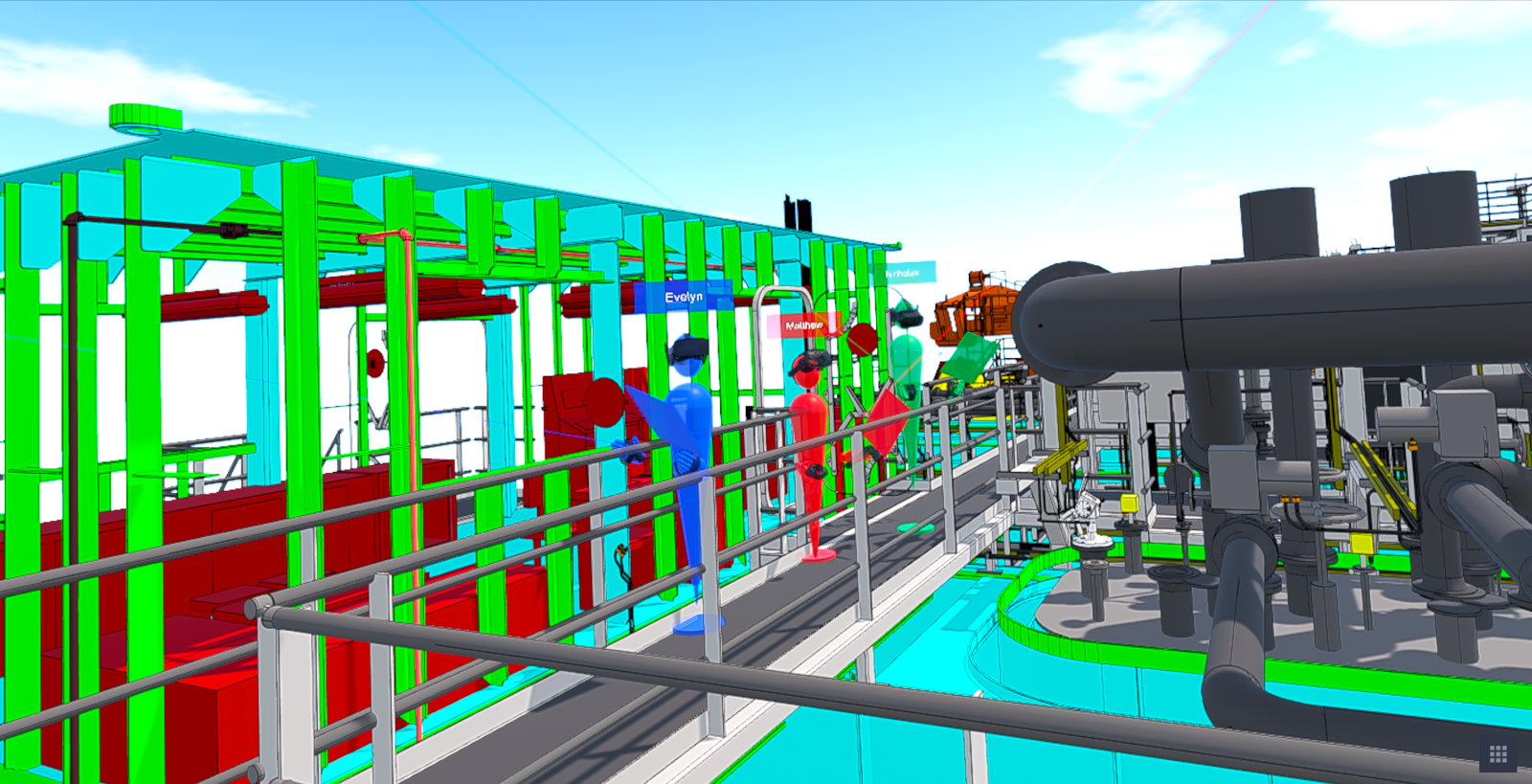IrisVR released its first standalone VR solution for Oculus Quest VR headsets, enabling immersive 3D models for AEC professionals outside the office.
IrisVR is a New York-based company founded in 2014 that specializes in creating virtual reality (VR) software for the building industry that visualizes 3D designs with true to scale walkthroughs, thereby improving design workflows. Its flagship product is Prospect, a desktop software that converts a variety of 3D AEC file formats to navigable and immerse VR models.
AEC professionals have been using Prospect for presentations, design reviews and collaborative sessions. The software has been available for a variety of VR headsets, including HTC Vive, Oculus Rift and Windows Mixed Reality. Until now, using the software in combination with a VR headset always required a direct connection between headset and PC or smartphone. The new release of Prospect, called Prospect for Oculus Quest, breaks with this pattern. Oculus Quest is a stand-alone VR headset, which means it’s capable of delivering VR experiences without a computer or external sensors.
The Oculus Quest headset was released last May by Oculus VR, a division of Facebook. The device is fully standalone and features two, six degrees of freedom (6DOF) controllers, and runs on a Qualcomm Snapdragon 835 system on chip. There are two different versions of the Oculus Quest: a 64GB and 128GB version. With the release followed 50 titles of new and previously known games, a number them being cross-platform multi-player games. The release of IrisVR’s Prospect for Oculus Quest was just a few weeks after the Oculus Quest headset release date.
How the application works
Although Prospect for Quest offers standalone VR experiences without a direct connection to a desktop computer, Oculus Quest users still need a Windows PC with the Prospect software installed that converts 3D files to a VR model. Next, the VR headset and the PC need to be synchronized, so that the files can be made accessible on the VR headset. This is done through the cloud, where the local files are hosted so they can be accessed by the Oculus Quest user. So although there’s no direct connection between the desktop and the VR headset, they are still part of the hardware setup necessary to enable what is called a “standalone VR” experience.
This setup has consequences in terms of performance: because the Oculus Quest headset has a mobile processor, it cannot support the file sizes from a desktop computer as they would bring down the performance, through factors such as texture size, geometric complexity and the number of individual elements in a scene. Over time, IrisVR expects it will improve its optimization engine to enable a better performance.
New applications for AEC professionals
Now that it’s no longer necessary to connect a VR headset to a pc or mobile phone, architects, engineers and construction professionals have more flexibility as to where they can walk through their 3D models. AEC professionals have already adopted VR for design review, model coordination and visual clash detection, and with standalone VR solutions they can now do this outside of the office and in the field or mobile office.

For this reason, IrisVR sees the release of Prospect for Oculus Quest as a breakthrough release, allowing AEC professionals to save time and money on rework costs, as well as making VR more portable and accessible. Indeed, the Oculus Quest headset has its own travel case and can be set up quickly.
But overall, the added value of VR is still the immersive experience that it brings. In the case of AEC, where 3D models are experienced on a 1:1 scale, which improves comprehension for subcontractors of how things will look after being built. In the case of BIM, clash detection is a great use for VR. Finally, the application enables up to twelve users to hold meetings in VR, joining from anywhere in the world and experience a walkthrough of the same model together.






